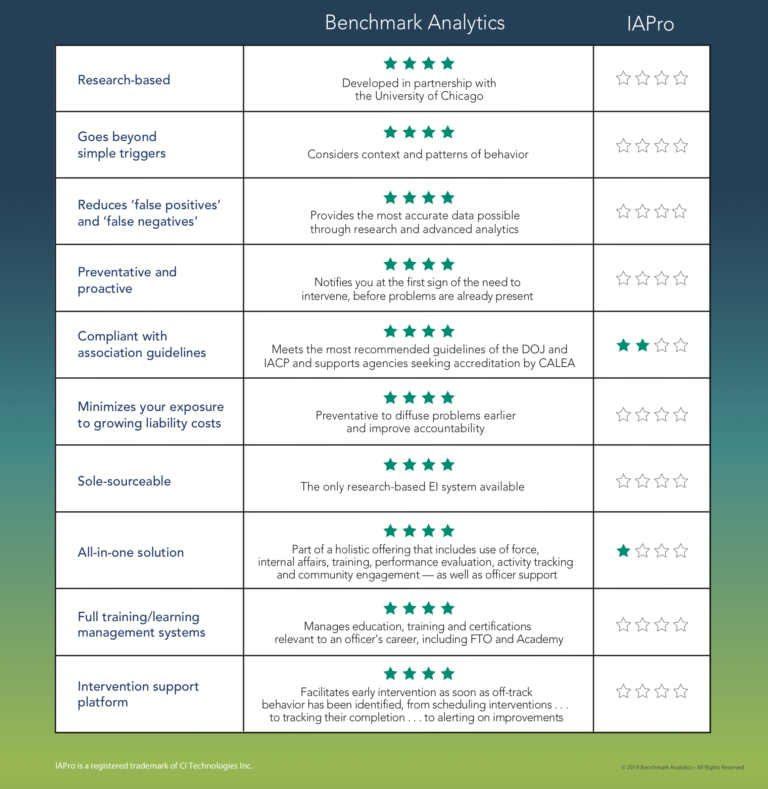

The key to benchmarking is to make sure you have a good comparison. Financial benchmarking can help you determine the costs of a process or activity based on perfect cost conditions. Financial benchmarks are widely available from service bureaus, market reports, financial reports, and published surveys. External benchmarking is considerably more difficult than internal benchmarking.įinding financial related benchmark data is not too difficult. You are trying to pull out the right performance data for external benchmarking. A solid understanding of the function or process is critical to finding the right benchmark. The best types of benchmarks focus on critical functions or processes in the business, such as production efficiency or customer service.
#Benchmark analytics stock update#
7) Apply the benchmarks and continuously update the benchmark data.Finalize the benchmark standards and assess their impacts. 6) Obtain senior management support for benchmarking.Identify the causes for the gaps and establish future attainable performance. 5) Analyze the data and determine performance gaps between your company and "best in class" benchmarks.Larger companies will develop their own in-house benchmark data. For small companies on a tight budget, outside services may have to supply the benchmark data. This may require interviews, research, analysis and other tasks.

4) Research and gather "best in class" performance data.

The goal is to find relevant benchmarks for improving performance. You need to make sure have comparability otherwise you may end up comparing apples to oranges.


 0 kommentar(er)
0 kommentar(er)
